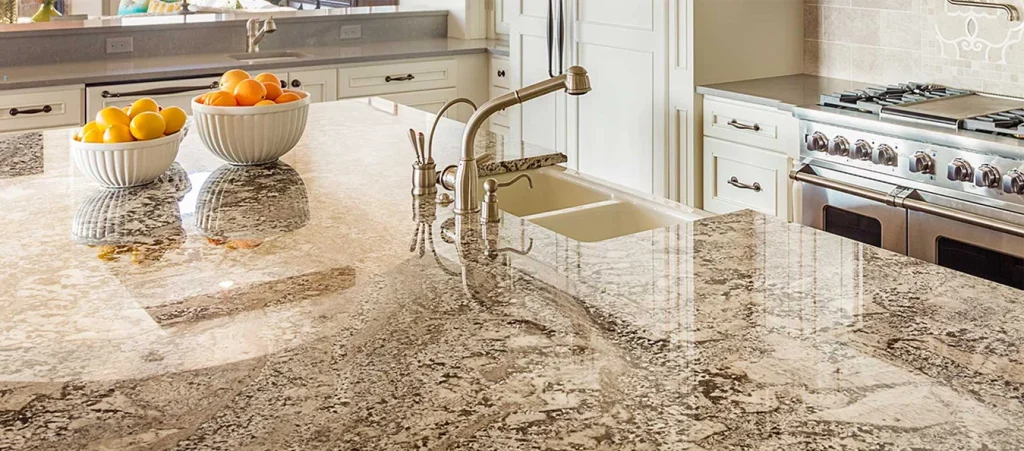Granite projects, especially those involving countertop fabrication, flooring, and intricate designs, require precision, careful planning, and the right set of tools. A variety of specialized equipment and technologies can help improve efficiency, reduce errors, and streamline the entire process, making the project go smoother and faster. One of the primary tools for completing granite projects efficiently is a high-quality diamond blade saw. These saws are designed to cut through tough granite materials with ease, offering clean and precise cuts. By using diamond blades, fabricators can minimize the risk of chips or cracks during the cutting process, which is crucial in maintaining the aesthetic integrity of the stone. Additionally, water-cooled saws can reduce the heat build-up that could otherwise damage the material and help with dust control. For shaping and smoothing granite edges, CNC Computer Numerical Control machines are indispensable.

These machines allow fabricators to automate intricate cutting, polishing, and engraving tasks with high precision. With the ability to program specific designs and repetitive patterns, CNC machines save significant time, especially for custom projects. The technology not only enhances productivity but also ensures the accuracy and consistency of each piece produced. Polishing granite to a high gloss is another critical step in the project, and specialized granite polishing machines play a significant role in this process. These machines typically use a combination of abrasives and polishing pads to create a smooth, reflective surface on the stone. While manual polishing can be time-consuming, machines significantly speed up the process and deliver uniform results. In addition to the traditional tools, modern software solutions can further enhance efficiency in granite projects. Software for design and layout, such as CAD Computer-Aided Design programs, allows fabricators to visualize the end product before any physical work begins. These digital tools can create detailed blueprints, ensuring that the dimensions are accurate and that the material will be cut in the most efficient way to minimize waste.
Another tool that is growing in popularity within the industry is laser measuring devices. These tools provide quick and precise measurements, which are crucial for ensuring the granite pieces fit perfectly into the space they are designed for. By eliminating the potential for human error in measurement, laser tools can save a significant amount of time in the project, especially for complex installations. When it comes to transporting and installing large granite slabs, specialized handling equipment such as suction lifters and cranes becomes essential and visit https://gharpedia.com/blog/must-have-granite-power-tools/. These devices are designed to safely lift and move heavy granite pieces without causing damage to the stone or putting workers at risk. With the proper handling tools, fabricators can significantly reduce the time and labor required for these challenging tasks. In addition to physical tools, project management software tailored to the stone industry can help ensure that all aspects of the project stay on track. These programs allow managers to monitor the project’s progress, schedule tasks, track inventory, and even handle invoicing and billing.
